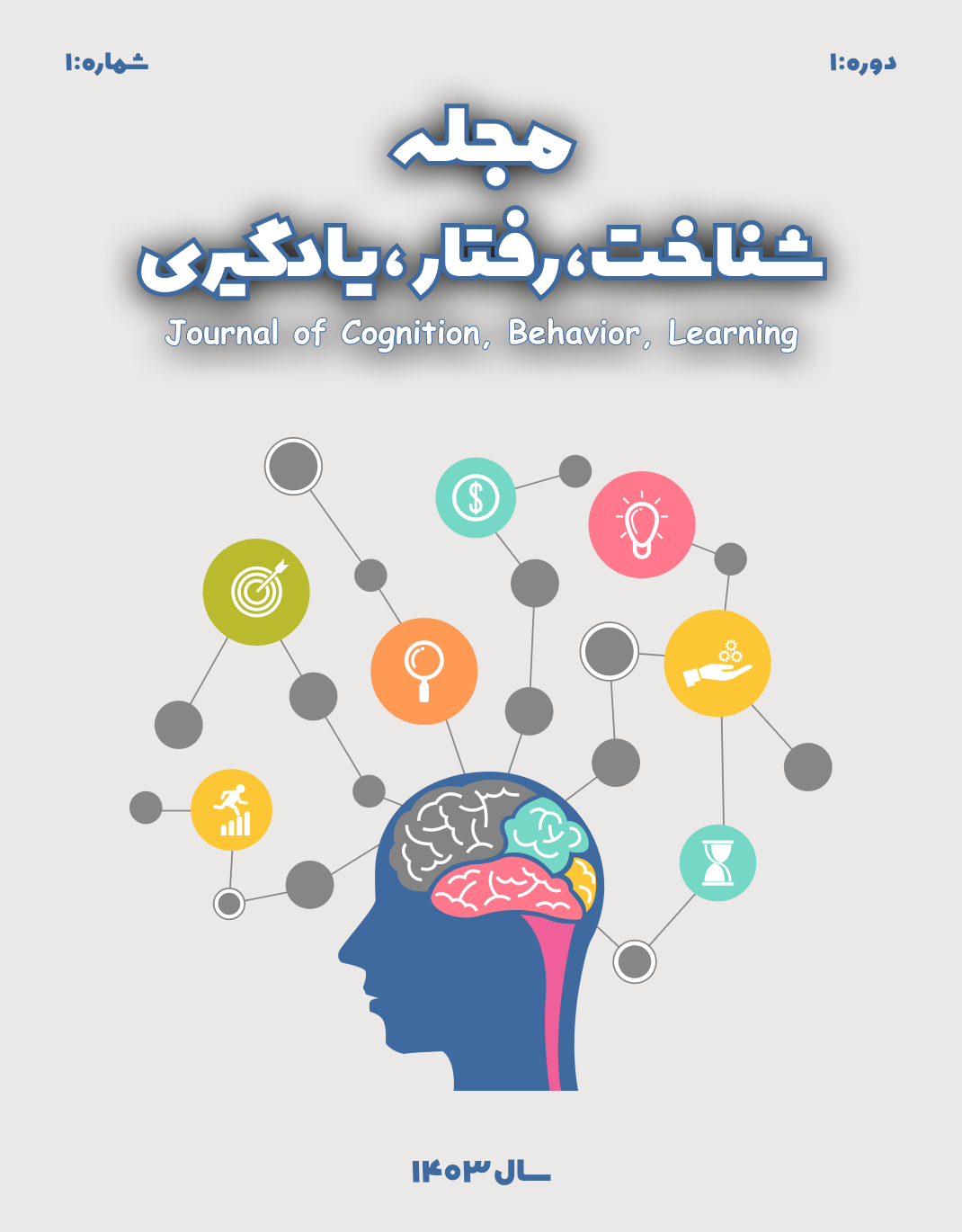The Structural Model of Extramarital Relationships Based on Attachment Styles and Loneliness with the Mediating Role of Marital Satisfaction in Clients Referring to Counseling Centers in Ilam
Keywords:
extramarital relationships , attachment styles , loneliness and marital satisfactionAbstract
The aim of the present study was to test the structural model of extramarital relationships based on attachment styles and loneliness with the mediating role of marital satisfaction in clients referring to counseling centers in Ilam. The statistical population of this study included all men and women referring to family counseling centers in Ilam in 2019 and 2020, from which 320 individuals with extramarital relationships were selected using a convenience sampling method. The research instruments included the Marital Infidelity Susceptibility Questionnaire by Marami (2013), the Simpson Attachment Styles Questionnaire (1990), the Revised UCLA Loneliness Scale by Russell et al. (1980), and the ENRICH Marital Satisfaction Questionnaire by Olson and Fowers (1989). The data were analyzed using structural equation modeling. The results of the present study showed that marital satisfaction plays a mediating role in the relationship between loneliness, insecure-avoidant attachment style, and insecure-anxious attachment style with extramarital relationships in clients referring to counseling centers in Ilam (P<0.05). Based on the results of the present study, it can be concluded that individuals with secure attachment are those whose need for connection is fulfilled, experience higher marital satisfaction, and are less likely to engage in extramarital relationships.






